The US Urology Devices Market is characterized by a complex competitive landscape, driven by advancements in technology, increased demand for minimally invasive procedures, and an aging population. Several key players dominate this market, competing on factors such as product innovation, quality, pricing, and customer service. The market is significantly influenced by the rising prevalence of urological conditions, leading to an increase in the utilization of urology devices. Companies are focusing on expanding their product portfolios and enhancing their market presence through strategic partnerships, mergers, and the adoption of cutting-edge technologies aimed at improving patient outcomes.
Additionally, regulatory changes and an emphasis on cost-effective solutions further shape the competitive dynamics within this sector.
Teleflex has established a significant footprint in the US Urology Devices Market through its innovative product offerings and a strong commitment to advancing healthcare solutions. The company's strengths lie in its comprehensive range of urology products, which includes catheters, drainage systems, and endoscopic devices that cater to various urological procedures. Teleflex's focus on research and development enables it to stay ahead of the competition by continually introducing new products that meet the evolving needs of healthcare providers and patients.
Moreover, the company's strong distribution network and strategic collaborations enhance its market reach, ensuring that its advanced urology solutions are widely available across the United States. This significant market presence, combined with a reputation for high-quality products, reinforces Teleflex's competitive advantage within the urology devices sector.
Acelity operates in the US Urology Devices Market with a focus on advanced wound care and related products that indirectly support urological health. The company is known for its innovative solutions such as negative pressure wound therapy that can aid in postoperative recovery for urological surgeries. Acelity's strengths lie in its robust research and development capabilities, allowing it to introduce cutting-edge technologies that enhance therapeutic outcomes. The company’s market presence has been bolstered through strategic mergers and acquisitions, which have expanded its product capabilities and distribution channels within the US.
Its commitment to quality and improvement in patient care positions Acelity favorably in the competitive landscape of the US Urology Devices Market. The combination of its extensive product range and a strong operational framework supports Acelity in maintaining a solid market presence while catering to the evolving needs of healthcare professionals in urology.


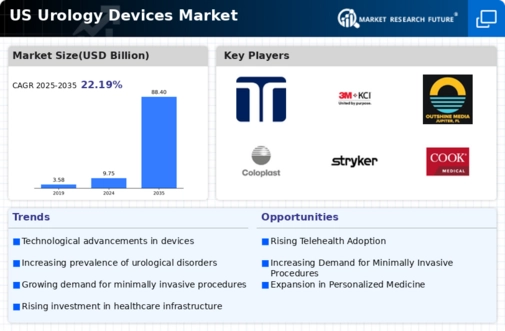
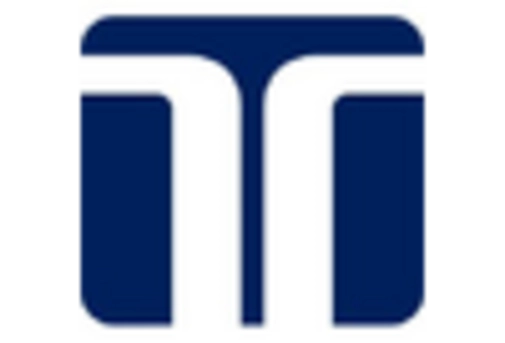
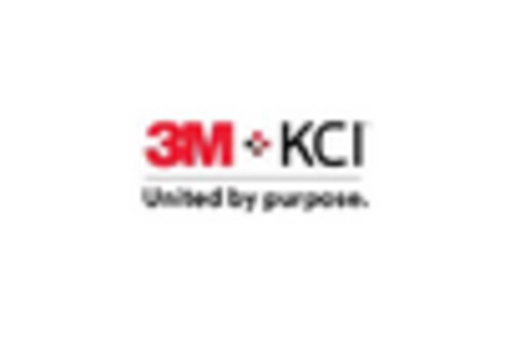
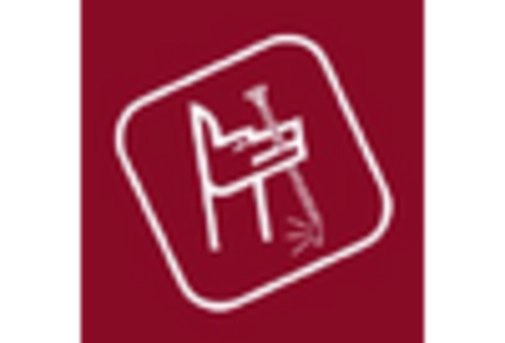

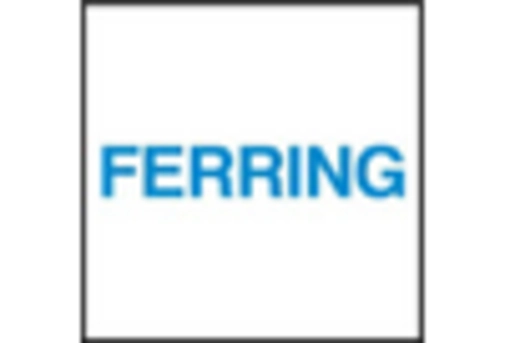

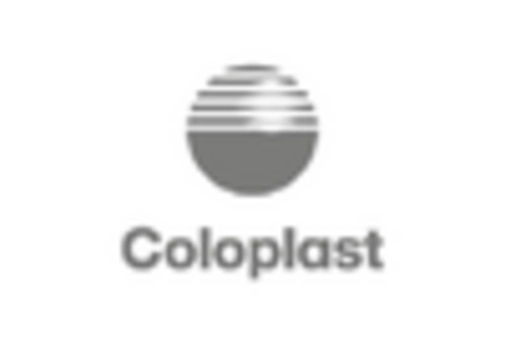
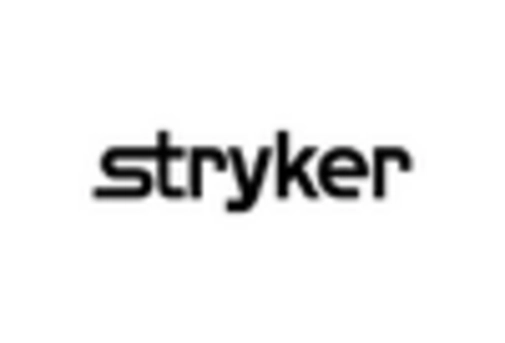
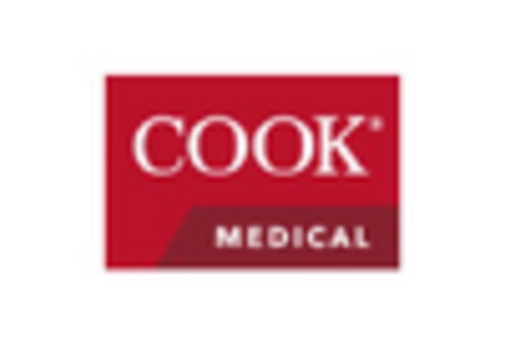








Leave a Comment